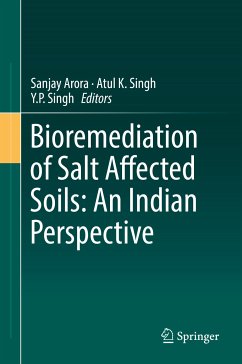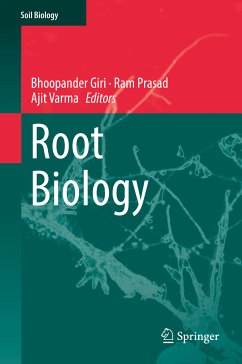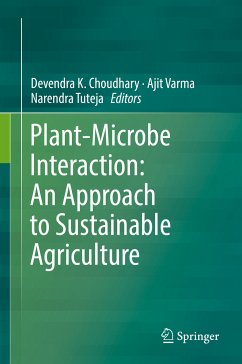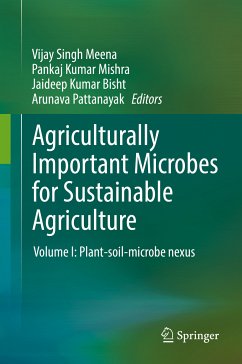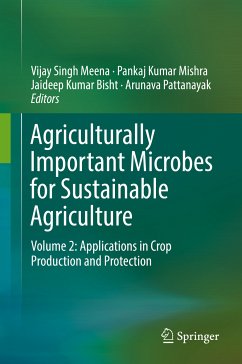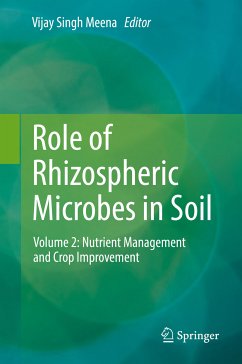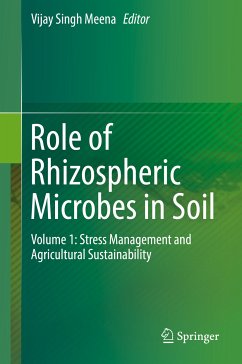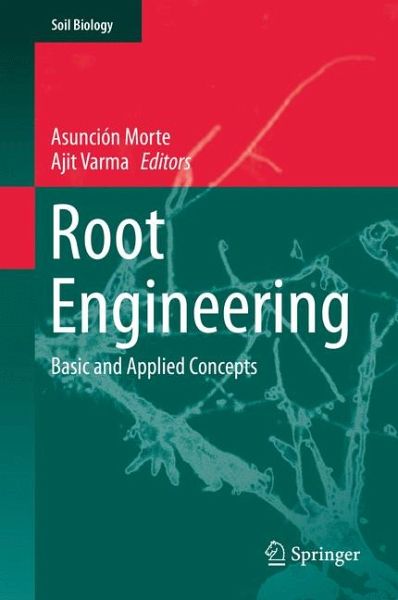
Root Engineering (eBook, PDF)
Basic and Applied Concepts
Redaktion: Morte, Asunción; Varma, Ajit
Versandkostenfrei!
Sofort per Download lieferbar
175,95 €
inkl. MwSt.
Weitere Ausgaben:

PAYBACK Punkte
88 °P sammeln!
This volume illustrates the complex root system, including the various essential roles of roots as well as their interaction with diverse microorganisms localized in or near the root system.Following initial chapters describing the anatomy and architecture as well as the growth and development of root systems, subsequent chapters focus on the various types of root symbiosis with bacteria and fungi in the rhizosphere. A third section covers the physiological strategies of roots, such as nitrate assimilation, aquaporins, the role of roots in plant defense responses and in response to droughts an...
This volume illustrates the complex root system, including the various essential roles of roots as well as their interaction with diverse microorganisms localized in or near the root system.
Following initial chapters describing the anatomy and architecture as well as the growth and development of root systems, subsequent chapters focus on the various types of root symbiosis with bacteria and fungi in the rhizosphere. A third section covers the physiological strategies of roots, such as nitrate assimilation, aquaporins, the role of roots in plant defense responses and in response to droughts and salinity changes. The book's final chapters discuss the prospects of applied engineering of roots, i.e., inventing new root structures or functions through genetic modification, but also with conventional breeding and manipulation of root symbionts. The budding field of root engineering is expected to promote a second green revolution.
Following initial chapters describing the anatomy and architecture as well as the growth and development of root systems, subsequent chapters focus on the various types of root symbiosis with bacteria and fungi in the rhizosphere. A third section covers the physiological strategies of roots, such as nitrate assimilation, aquaporins, the role of roots in plant defense responses and in response to droughts and salinity changes. The book's final chapters discuss the prospects of applied engineering of roots, i.e., inventing new root structures or functions through genetic modification, but also with conventional breeding and manipulation of root symbionts. The budding field of root engineering is expected to promote a second green revolution.
Dieser Download kann aus rechtlichen Gründen nur mit Rechnungsadresse in A, B, BG, CY, CZ, D, DK, EW, E, FIN, F, GR, HR, H, IRL, I, LT, L, LR, M, NL, PL, P, R, S, SLO, SK ausgeliefert werden.




